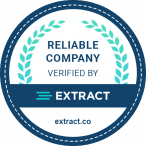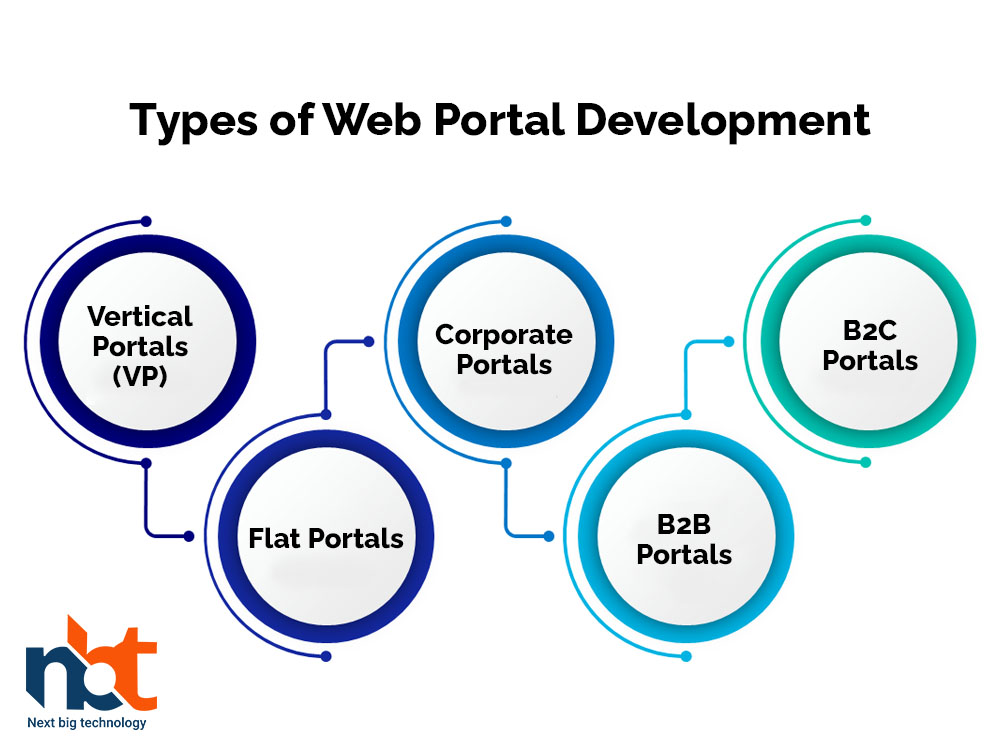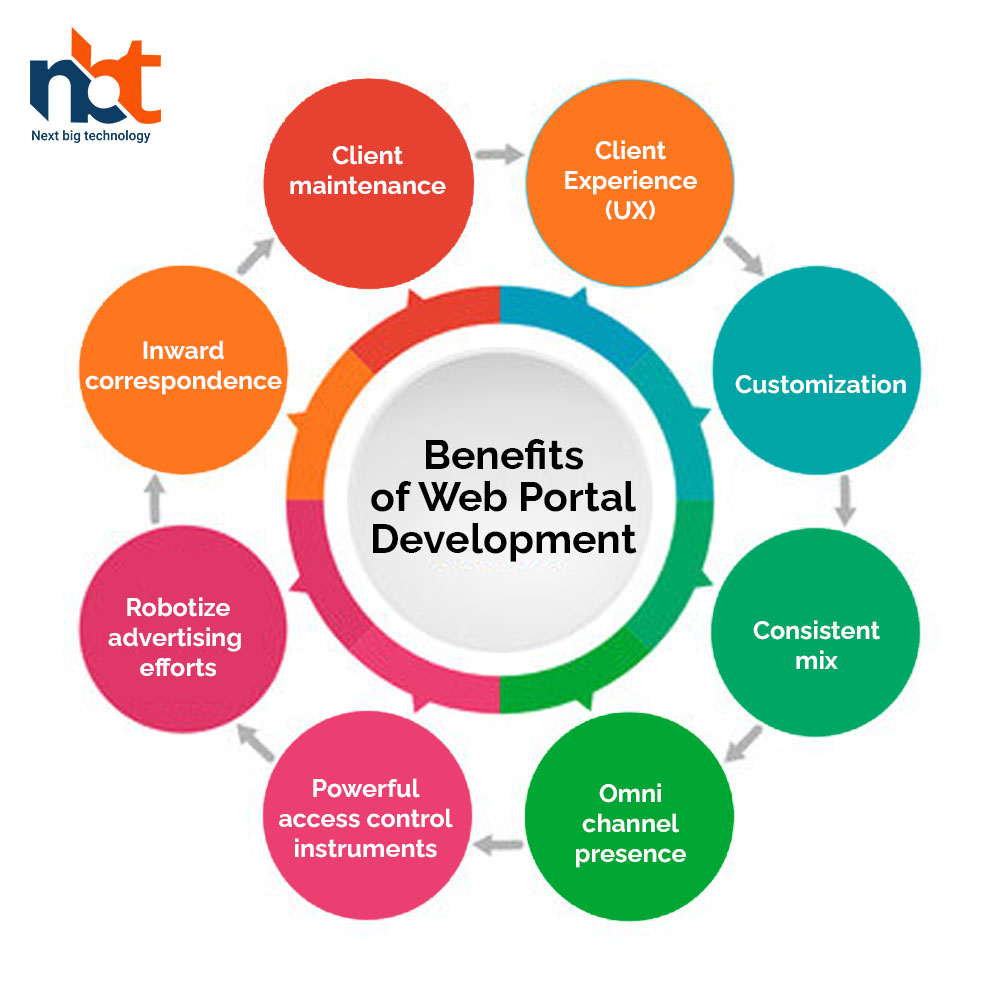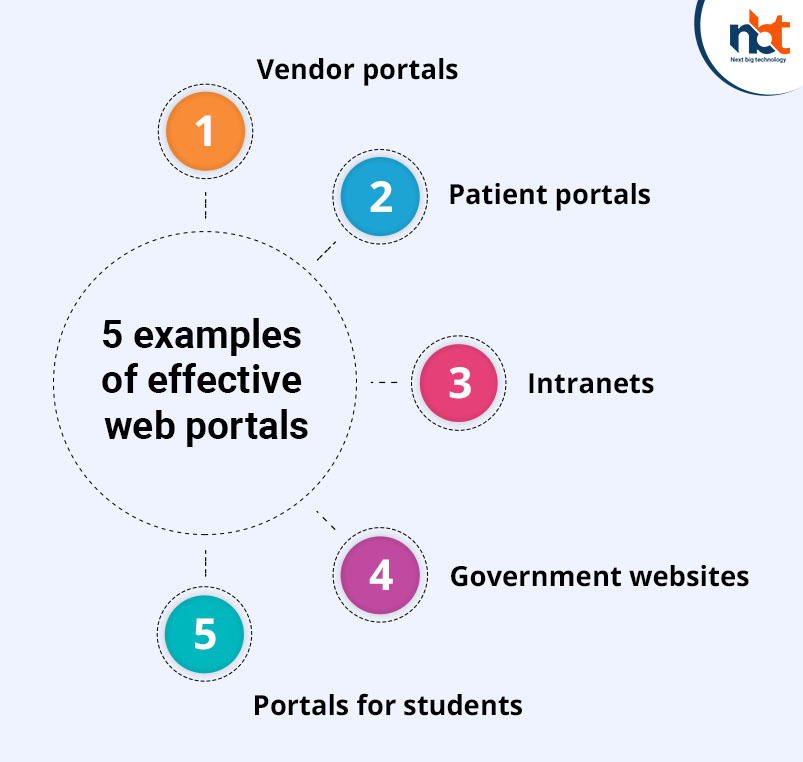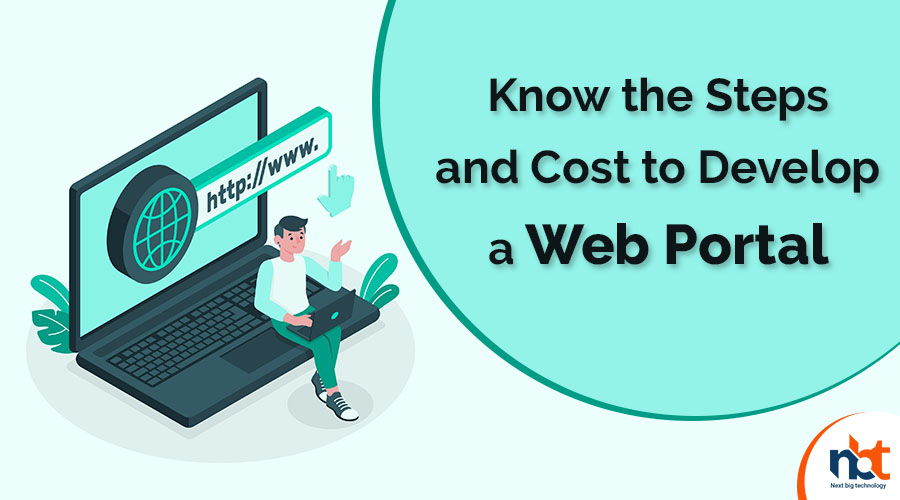Table of Contents
Introduction
In today’s digital era, web portals have become essential tools for businesses and organizations seeking to enhance their online presence and streamline their operations. A web portal serves as a centralized hub, providing users with a unified gateway to access various resources, services, and information. From e-commerce platforms to customer support portals, web portals offer a wide range of functionalities that empower businesses to engage with their customers, partners, and employees efficiently. In this blog post, we will delve into the world of web portal development, exploring its benefits, key considerations, and best practices. We are discussing Comprehensive Guide to Web Portal Development.
I. Understanding Web Portals
A web portal is a website or an application that consolidates information from different sources and presents it in a unified and organized manner. It acts as a gateway to various resources, services, and tools, serving as a single point of access for users. Web portals are designed to cater to different audiences, including customers, employees, partners, or a combination thereof. They offer a personalized user experience, allowing users to access and interact with the specific information and functionalities they need.
Also Read : Website vs. Web Portal: How Are They Different?
II. Benefits of Web Portal Development
-
Enhanced User Experience:
Web portals provide users with a seamless and intuitive interface, enabling easy navigation and access to relevant information, services, and tools. This improves user satisfaction and engagement.
-
Streamlined Operations:
Web portals automate and streamline various processes, such as customer support, order management, collaboration, and knowledge sharing. This increases efficiency, reduces manual effort, and enhances productivity.
-
Increased Collaboration:
Web portals facilitate collaboration among employees, partners, and customers by providing secure and centralized communication channels, document sharing, and project management tools. This fosters better teamwork and information exchange.
-
Improved Customer Engagement:
Customer-centric portals allow businesses to deliver personalized experiences, tailored content, and self-service options. This enhances customer satisfaction, strengthens brand loyalty, and boosts sales.
-
Scalability and Flexibility:
Web portals can be customized and scaled to meet evolving business needs. They offer flexibility in terms of integrating new features, third-party services, and adapting to changing user requirements.
Also Read : Multi-Vendor Web Portal Development
III. Key Considerations for Web Portal Development
-
Define Objectives and Target Audience:
Clearly outline the goals and target audience of the web portal to align its design, features, and functionalities accordingly.
-
User Experience (UX) Design:
Prioritize intuitive navigation, responsive design, and a visually appealing interface to ensure a positive user experience.
-
Security and Access Control:
Implement robust security measures to protect sensitive data, user information, and prevent unauthorized access.
-
Integration with Existing Systems:
Integrate the web portal with existing backend systems, such as customer relationship management (CRM) or enterprise resource planning (ERP), for seamless data exchange.
-
Performance Optimization:
Optimize the portal’s performance by employing efficient coding practices, minimizing page load times, and leveraging caching mechanisms.
-
Mobile-Friendly Design:
With the increasing use of mobile devices, ensure the portal is responsive and accessible on different screen sizes.
-
Testing and Quality Assurance:
Thoroughly test the portal for functionality, compatibility, usability, and security to deliver a bug-free and reliable user experience.
Also Read : Custom Web Portal Development Solution
IV. Best Practices for Web Portal Development
-
User-Centric Approach:
Understand the needs and preferences of the target audience to design a user-centric portal that addresses their pain points and provides relevant solutions.
-
Intuitive Navigation:
Implement clear and logical navigation to enable users to find information and services easily.
-
Responsive Design:
Ensure the portal is optimized for different devices, screen sizes, and browsers to deliver a consistent experience.
-
Robust Content Management System (CMS):
Utilize a powerful CMS to manage and update content efficiently, enabling seamless content publishing and editing.
-
Agile Development Methodology:
Adopt an iterative and agile approach to development, allowing for continuous feedback and improvement throughout the development process.
-
Regular Updates and Maintenance:
Regularly update the portal to fix bugs, introduce new features, and enhance security.
-
Analytics and Performance Monitoring:
Integrate analytics tools to gather insights into user behavior, monitor performance metrics, and make data-driven improvements.
Also Read : Amazing Steps and Cost to Develop a Web Portal
Conclusion
Web portal development has emerged as a crucial aspect of modern business strategies, enabling organizations to connect, engage, and provide value to their stakeholders. By leveraging the power of web portals, businesses can enhance their operations, streamline workflows, and deliver personalized experiences to their target audience. However, successful web portal development requires careful planning, user-centric design, robust security measures, and continuous improvement. By following the key considerations and best practices outlined in this blog post, organizations can unlock the full potential of web portals and create powerful online platforms that drive growth and success.
Thanks for reading our post “A Comprehensive Guide to Web Portal Development: Unlocking the Power of Digital Accessibility”. Please connect with us to know more about Web Portal Development.


